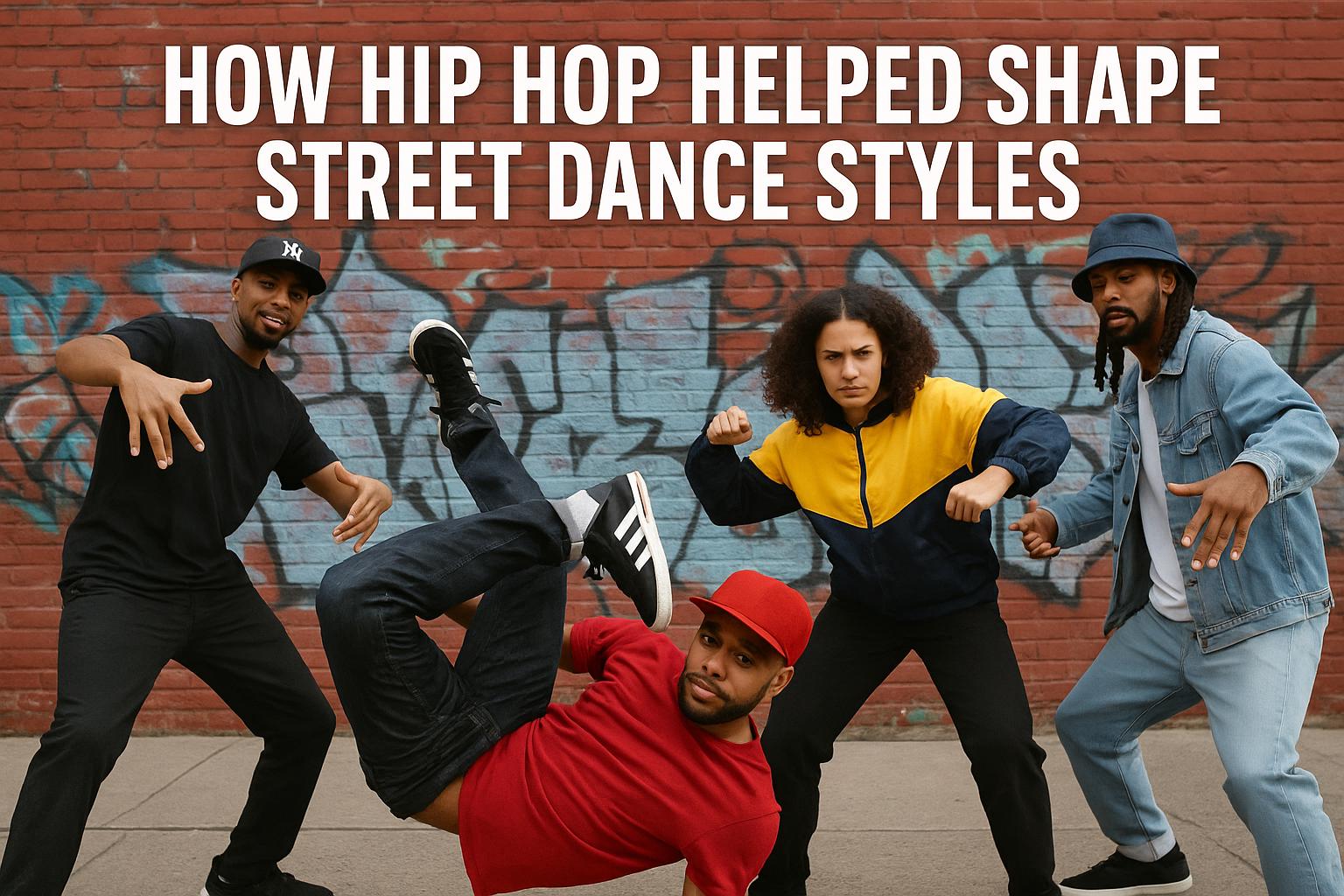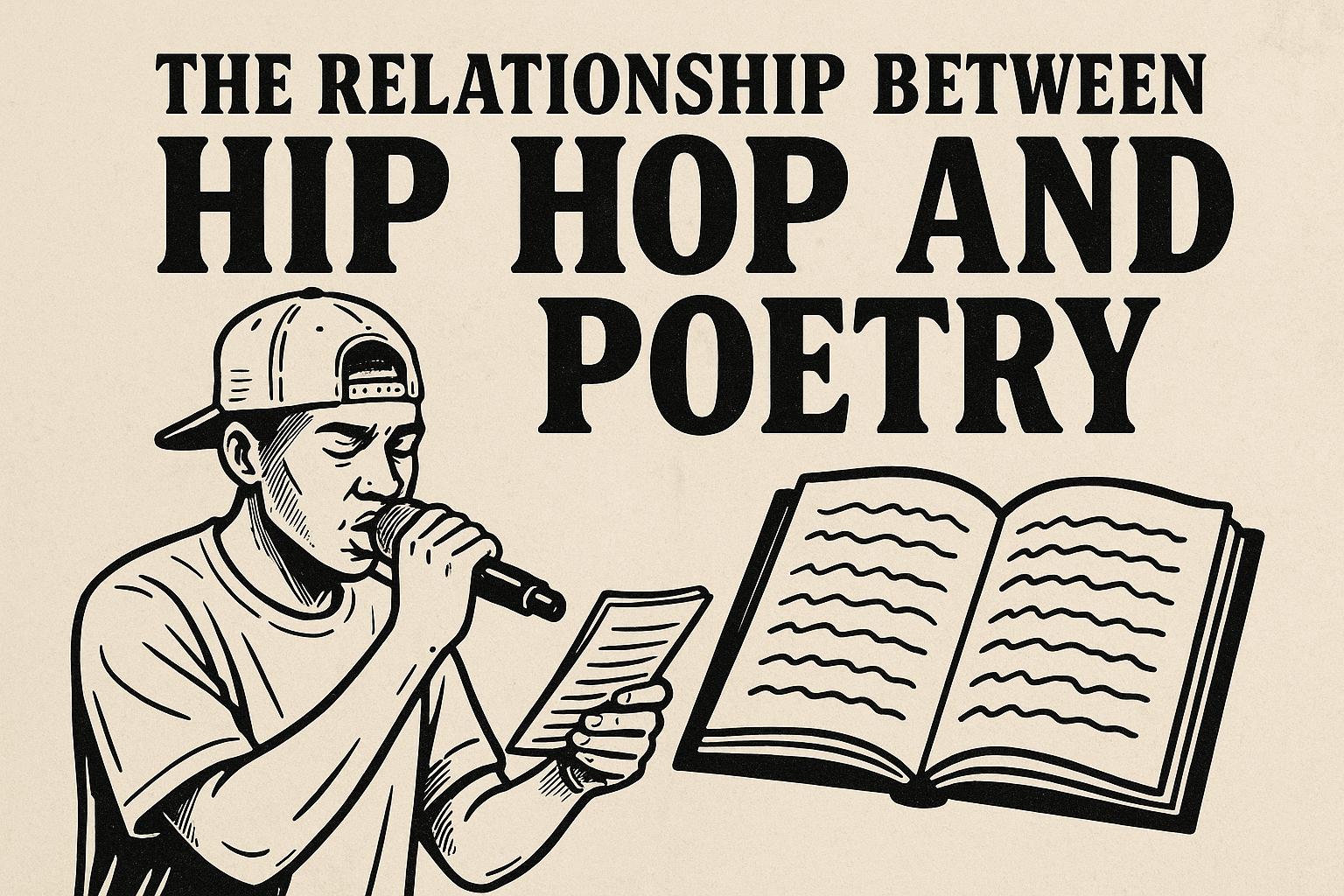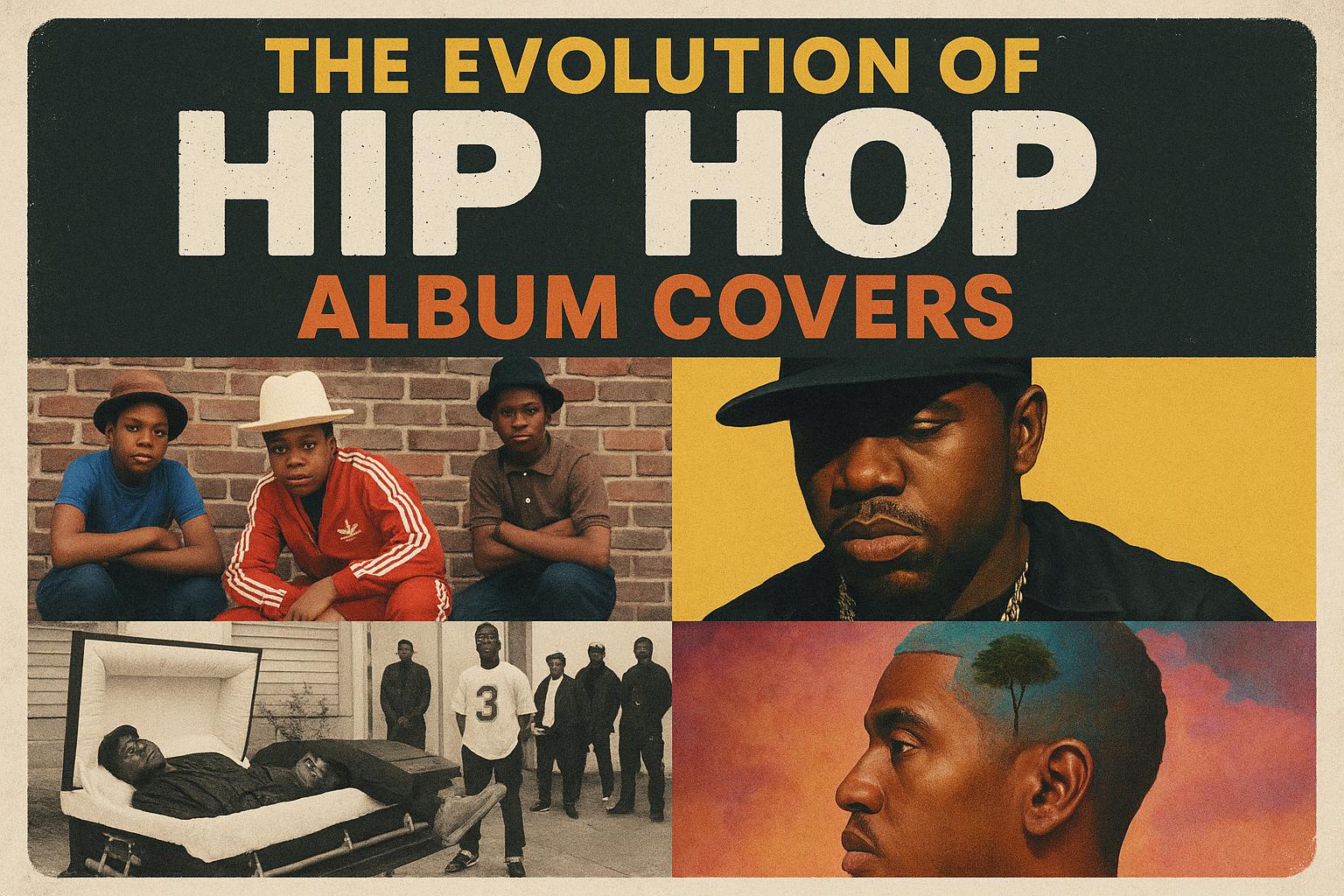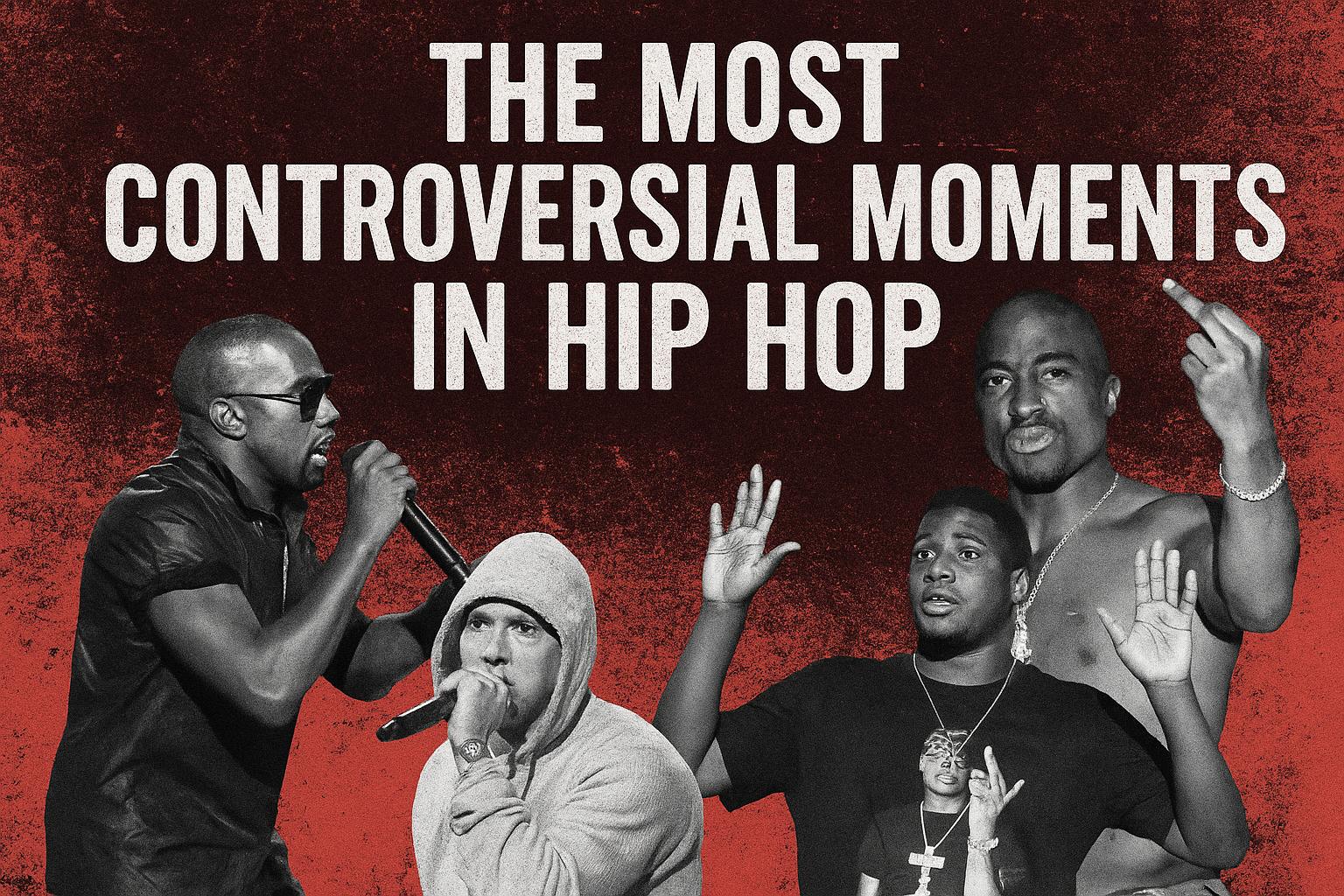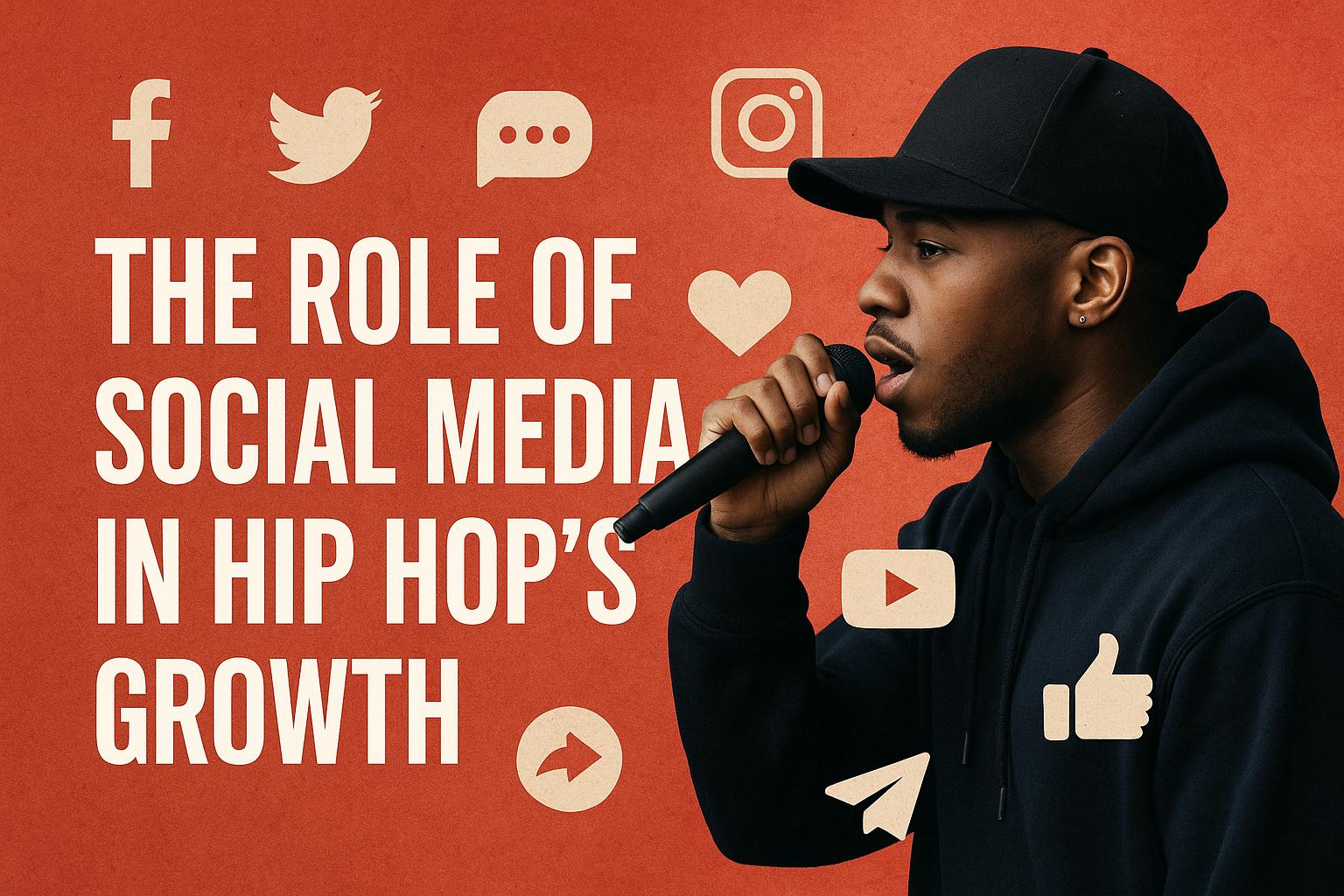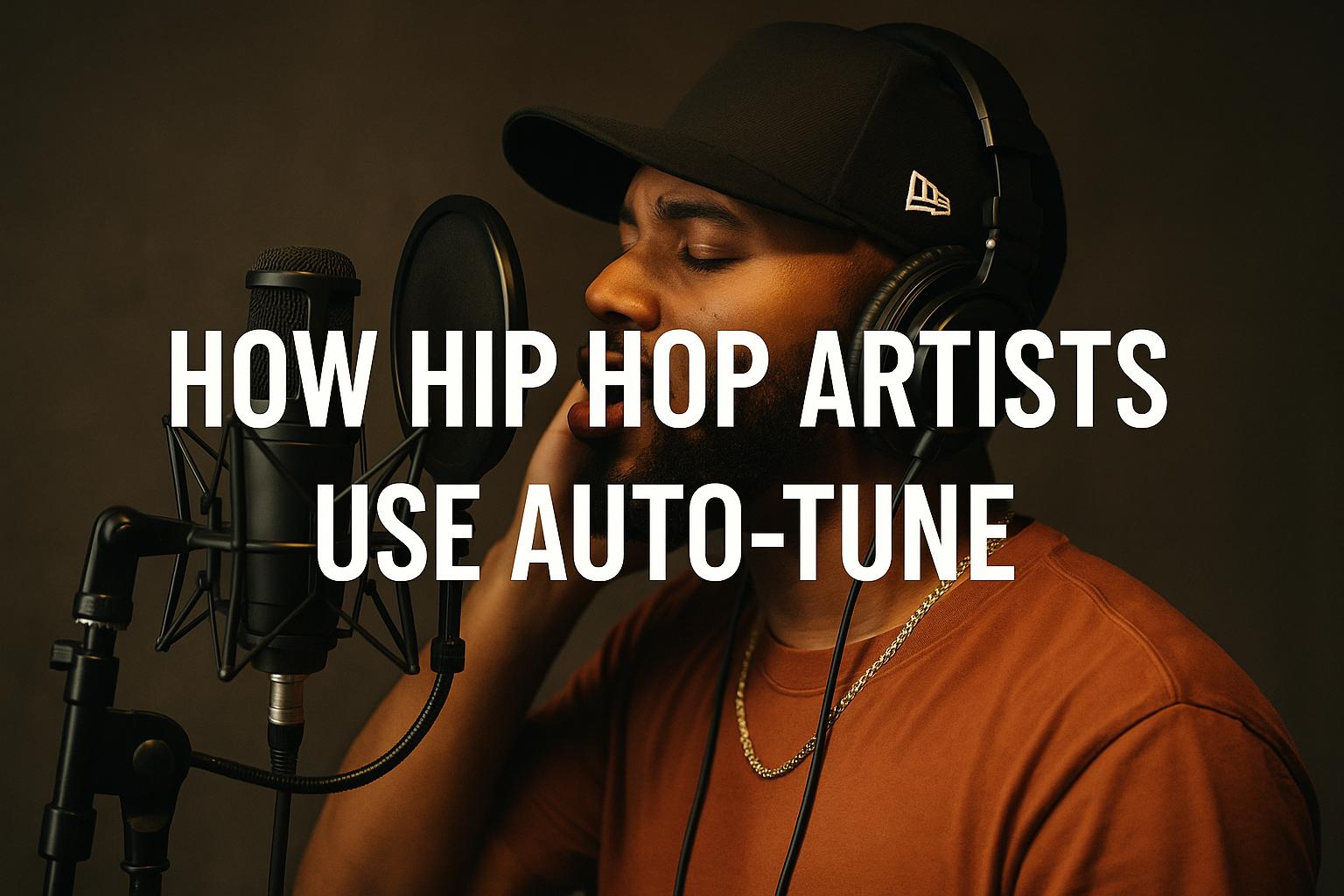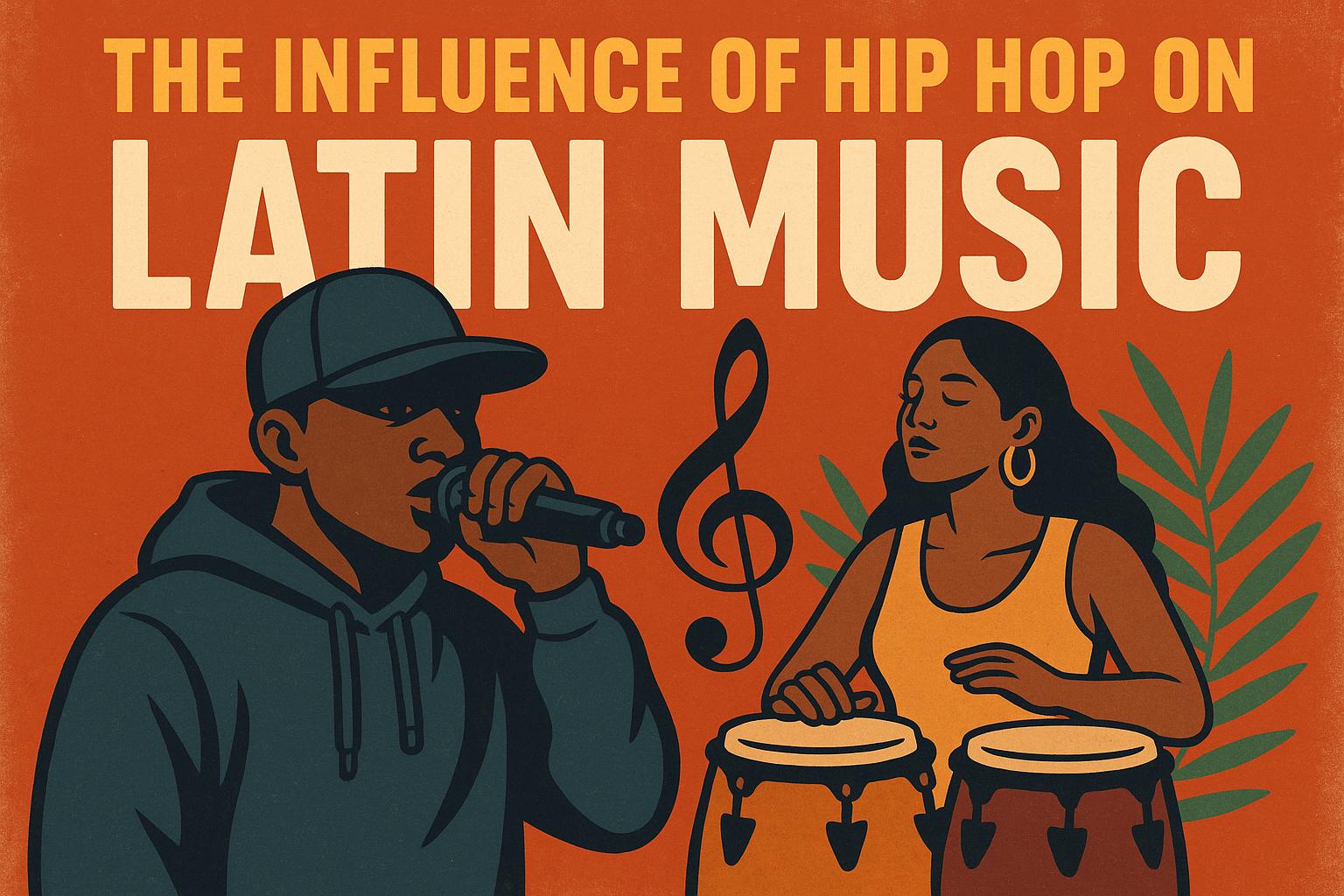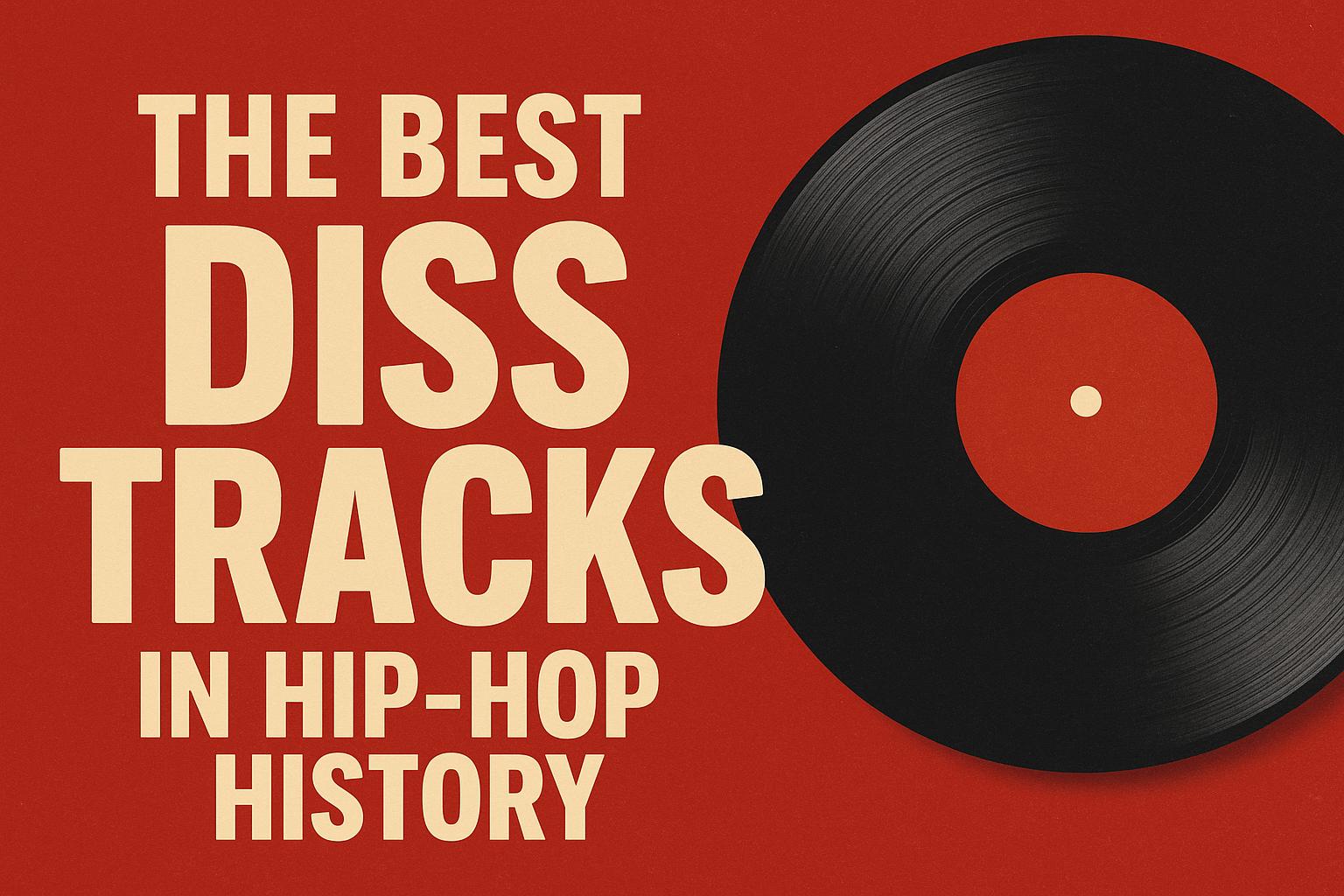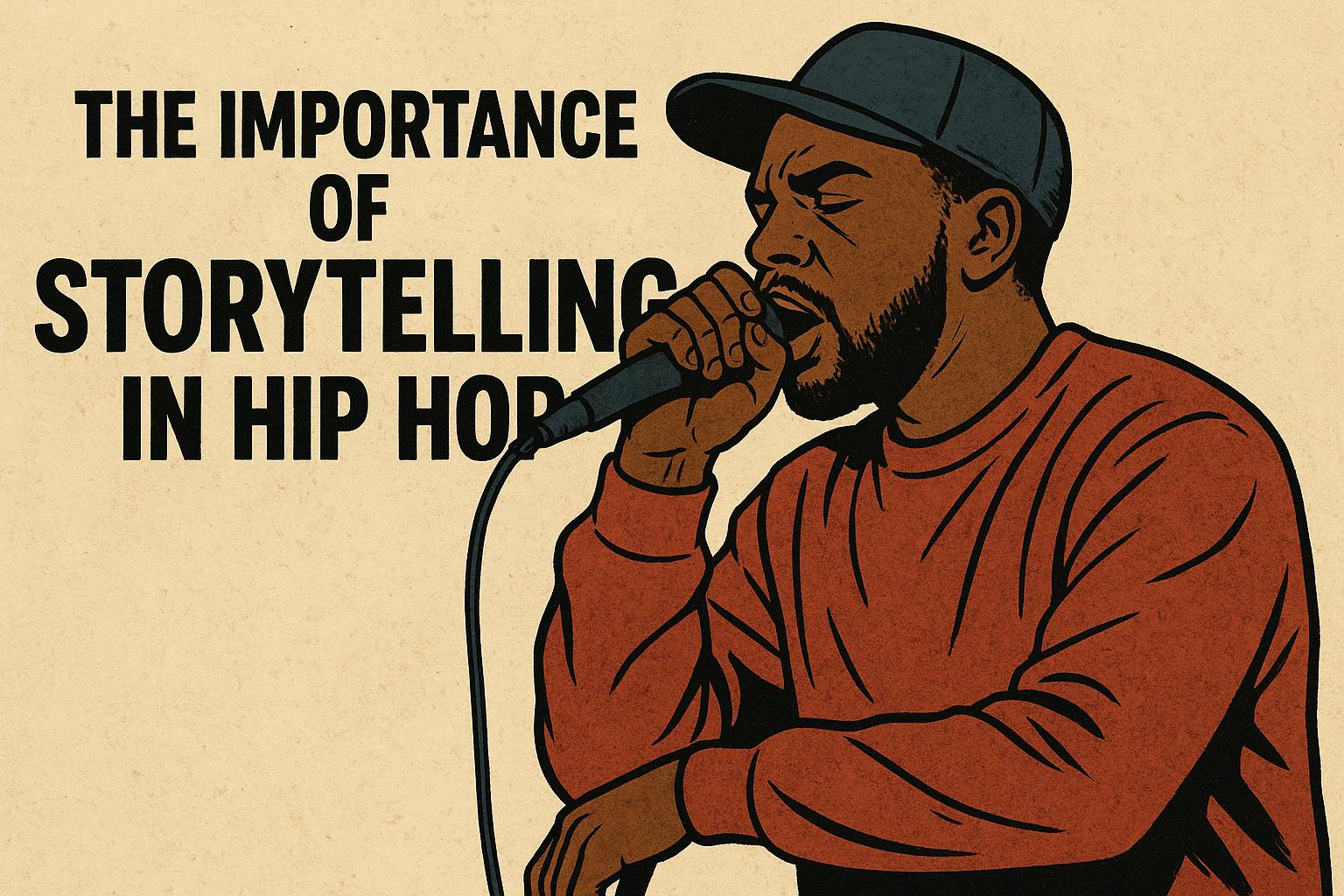The Most Iconic Hip Hop Collaborations
The world of hip hop has witnessed numerous collaborations that have not only defined individual artists’ careers but also left a significant impact on the genre itself. These collaborations often merge diverse styles, creating tracks that are celebrated for their creativity and impact on both the charts and the culture. Through these partnerships, artists find a unique avenue to experiment with their music and reach audiences they might not be able to connect with individually.
Run-D.M.C. and Aerosmith: “Walk This Way”
One of the earliest and most significant hip hop collaborations took place in 1986 with Run-D.M.C. joining forces with rock band Aerosmith for “Walk This Way.” This track is credited with helping to break down barriers between rock and hip hop, introducing the latter to a broader audience. The mixture of Run-D.M.C.’s energetic raps with Aerosmith’s powerful rock elements made it a revolutionary piece. Beyond the music itself, the collaboration had lasting cultural effects, helping to establish hip hop as a mainstream genre in an era dominated by rock and pop music. As a result, artists from different genres began exploring collaborations that might have seemed unlikely before.
Breaking Barriers
The success of “Walk This Way” was pivotal for many reasons. Not only did it bring hip hop into the mainstream consciousness, but it also emphasized the potential for cross-genre collaboration. At a time when musical genres were often siloed, this partnership broke through those boundaries and illustrated the universality of music. It encouraged other artists to think outside the box, making it a pioneering effort in the world of music.
Dr. Dre and Snoop Dogg: “Nuthin’ but a ‘G’ Thang”
In 1992, Dr. Dre and Snoop Dogg released “Nuthin’ but a ‘G’ Thang,” a track that exemplified the laid-back yet energetic essence of West Coast rap. Snoop Dogg’s smooth flow, combined with Dr. Dre’s flawless production, helped cement both artists’ place in hip hop history. This collaboration is often credited with popularizing G-Funk, a subgenre of hip hop that influenced countless artists. G-Funk, characterized by its funky beats and melody-driven hooks, became a defining sound of the 1990s.
The Rise of G-Funk
The creation of G-Funk was revolutionary, highlighting the culture and lifestyle of the West Coast. This subgenre differed from the hardcore East Coast hip hop, offering an alternative that appealed to a wider audience. By combining elements of funk, soul, and hip hop, Dr. Dre and Snoop Dogg were able to craft a timeless sound that continues to influence artists today. The collaboration demonstrated how producer-artist partnerships could transform the landscape of music and foster the growth of new musical movements.
Jay-Z and Alicia Keys: “Empire State of Mind”
In 2009, Jay-Z and Alicia Keys delivered an anthem dedicated to New York City with “Empire State of Mind.” The song features Jay-Z’s iconic verses that capture the essence of the city’s hustle and ambition, coupled with Alicia Keys’ powerful chorus. The collaboration was a commercial success and resonated deeply with audiences, becoming a modern classic.
A Cultural Anthem
The impact of “Empire State of Mind” goes beyond its chart success. It is a tribute to a city rich in culture, history, and influence. Much like New York itself, the song is a melting pot of ideas and sounds, illustrating the city’s dynamic spirit. The song’s appeal extends to anyone who appreciates the vibrancy and resilience of urban life. By celebrating the city in such a timeless manner, Jay-Z and Alicia Keys crafted a track that is played in celebration of various events in New York, effectively becoming an unofficial anthem for the city.
Kendrick Lamar and SZA: “All the Stars”
Released in 2018 as part of the soundtrack for the film Black Panther, “All the Stars” by Kendrick Lamar and SZA combines compelling lyrics with a dynamic production. The collaboration was a critical and commercial success, earning several award nominations and contributing to the film’s cultural impact. The song highlights Kendrick’s lyrical prowess and SZA’s emotive vocal style.
Blurring the Lines Between Music and Film
The integration of “All the Stars” into the Black Panther soundtrack illustrated how music and film can together amplify cultural narratives. As the film itself was groundbreaking in its portrayal of African culture, the soundtrack provided a sonic counterpart that elevated its themes. This position was especially crucial for hip hop, as it showcased its ability to not only entertain but also to support meaningful storytelling in other mediums. It underscored the power of music to influence perspectives, driving the conversation on cultural representation forward.
Linking Artists Across Genres
Collaborations in hip hop often extend beyond the genre, bringing together artists from different backgrounds to create unique works. For instance, the project Beyoncé and Jay-Z’s album Everything Is Love showcases their personal and professional partnership, blending elements of hip hop, R&B, and pop to reflect their versatility and influence.
Expanding Artistic Horizons
By collaborating across genres, artists can explore new sounds and audiences, pushing their creative limits. This expansion is vital in an ever-evolving music industry that demands innovation while respecting tradition. The interchange of ideas across genres often leads to the creation of music that not only appeals to fans of specific genres but also attracts a broader listener base. It encourages diversity in musical expression and promotes an inclusive approach to music-making.
The Impact of Collaborations in Hip Hop
The collaborations listed above are just a few examples of how artists have pushed the boundaries of hip hop, merging diverse sounds and expanding the genre’s reach. Each partnership has contributed to the evolution of hip hop, illustrating how combining different talents can create something both innovative and enduring.
It’s clear that music has the power to transcend borders, not just geographical, but also cultural and artistic ones. The ongoing evolution of these collaborations continues to shape the landscape of modern music, ensuring that hip hop remains a dynamic and continually expanding genre. As the industry moves forward, new and unique collaborations will likely continue to emerge, each bringing fresh perspectives and unheard narratives to the forefront of popular culture.
For those interested in exploring more about hip hop collaborations, various music streaming platforms offer curated playlists and in-depth articles that delve into the history and influence of these iconic partnerships. Through such platforms, fans can discover the varied ways in which hip hop artists collaborate, offering deeper insights into the artistry and innovation that characterize this vibrant genre.


